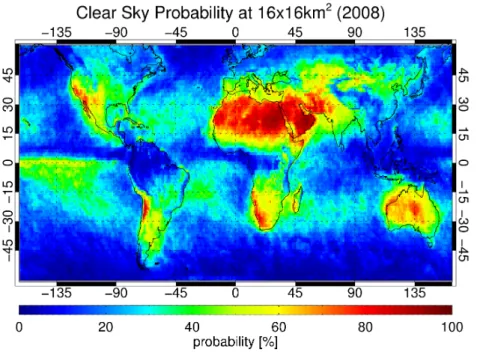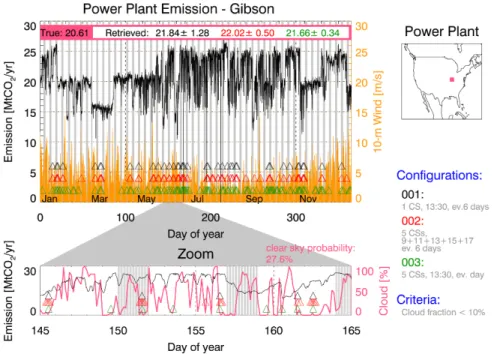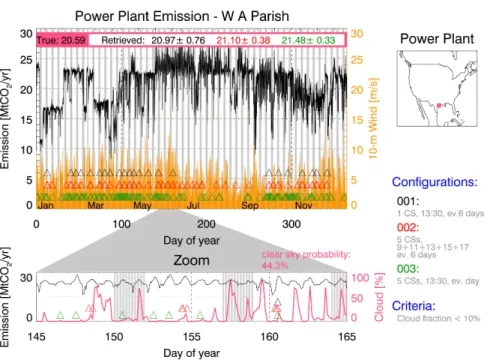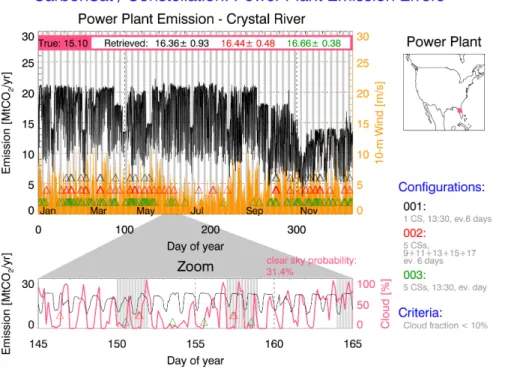Towards space based verification of CO<sub>2</sub> emissions from strong localized sources: fossil fuel power plant emissions as seen by a CarbonSat constellation
Texto
Imagem



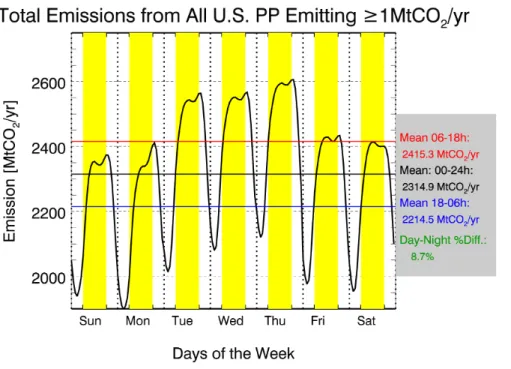
Documentos relacionados
We have used the GEOS-Chem CO 2 simulation with CO 2 emissions from global monthly-varying fossil fuel use, shipping, aviation and the chemical production of CO 2 from the oxidation
The results are extended into an annual time series from 1990 to the lat- est year of the fossil fuel emissions or GDP data (2013 in this budget), using GDP data by expenditure
Simulated total annual deposition of nitrogen across Europe, based on emissions from all present day (2007) sources (top) within the model domain and the projected emissions for
Thus the intermodel variation in the influence of source region CO emissions on the Arctic surface and mid- troposphere is dominated by emissions for East Asia, by transport
In order to study the role of biomass burning on GHG’s over study site we have analysed GHG’s emissions from biomass burning using long term (2003–2013) Fire Energetics and
The regional contrasts in ACOS-GOSAT data are of the magnitude we expect based on the AM2 simulations and generally scale with fossil fuel emissions for the major emis- sion
Although a similar phenomenon might be expected for in- land urban areas where designation of urban versus rural grid cells may not align with surface emissions, the global
We examine the impact of these changes in cli- mate on global isoprene emissions and the effect these cli- mate dependent emissions have on the hydroxy radical, OH, the dominant


